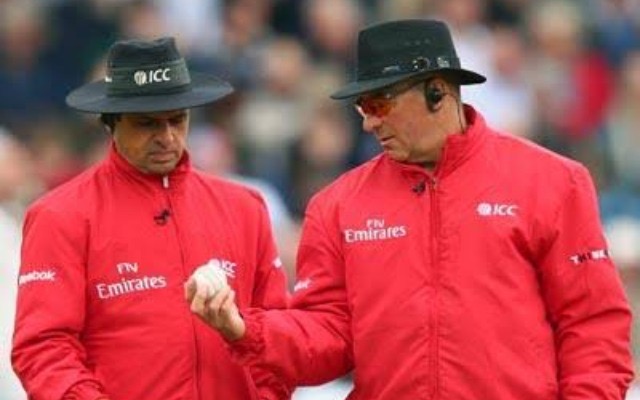
The International Cricket Council (ICC) has approved significant changes to the playing conditions in men’s international cricket. A new rule, recommended by the ICC Men’s Cricket Committee and subsequently cleared by the Chief Executives’ Committee, will come into effect from 17 June for Tests, 2 July for ODIs, and 10 July for T20Is.
Currently, two new balls are used in men’s ODIs—one from each end. Under the new regulation, two new balls will still be used from the start of the innings but only until the end of the 34th over. From the 35th to the 50th over, the bowling side will be required to choose one of the two balls and use it from both ends. The ICC stated that this amendment is intended to “readdress the balance between bat and ball.”
If a match is reduced to 25 overs per side or fewer before the first innings begins, only one new ball will be used throughout the innings.
A new concussion substitute protocol will require each team to name five substitutes
This rule has a long history. The two-ball rule was officially introduced by the ICC in October 2011, although it had been used at various times previously—most notably during the 1992 World Cup. Prior to 2011, teams were required to change the ball after the 34th over, replacing it with a similarly used but cleaner ball, as older white balls became difficult for batters to see.
Additionally, a new concussion substitute protocol will require each team to name five substitutes, covering one wicketkeeper, batter, seam bowler, spin bowler, and an all-rounder. This rule follows discussions sparked by India’s substitution of Shivam Dube with Harshit Rana, who took 3 for 33 in January.
Furthermore, the MCC has amended the laws relating to boundary catches, disallowing fielders from performing a “bunny hop” outside the boundary rope to complete a catch.
For More Exciting Articles: Follow RevSportz



